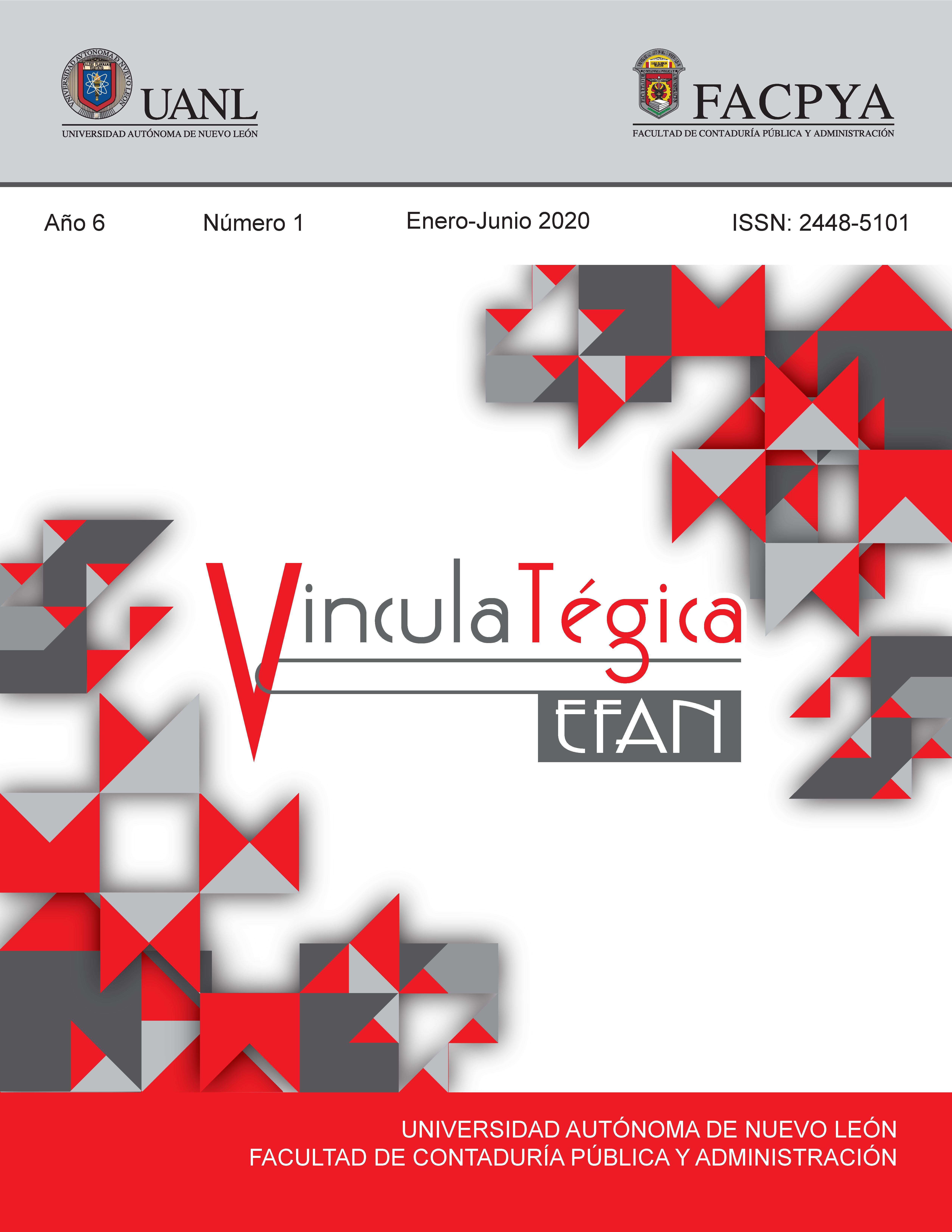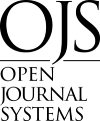Análisis del modelo de competencias emprendedoras de Palacios en estudiantes de una IES.
DOI:
https://doi.org/10.29105/vtga6.1-625Keywords:
Competencias, Emprendimiento, Creatividad Empresaria, IESAbstract
Creativity is an essential talent for organizations,
commercially, strategically and executively, business
managers must be trained to create growth and
development, new companies, motivation among
employees, manufacturing, services, culture and be
generators of wealth for the benefit of organizations, their
collaborators and the environment. With this, it is intended
to academically train the students of the IGE career, so
conventional wisdom must give way to new and daring
ideas, learn and also unlearn, encourage new ways of
thinking and responding, who want adoption of a new style
of thinking. For the present investigation, a previous
diagnosis was made with the following methodology: a
quantitative approach with a descriptive scope and a cross-sectional one, was developed from the literature review
and was based on a theoretical framework. A sample of
359 students was determined, the Palacios entrepreneurial
skills instrument was applied, which consists of 11
dimensions and 55 items and has a Cronbach's Alpha of
0.944. The research work was carried out at the Superior
Technological Institute of Coatzacoalcos, ITESCO, and
Central Campus. For its realization, the period
corresponding to the semester August 2019 - January 2020
respectively will be taken as reference.
Downloads
References
Ballbé, B. (2018). Las 21 claves de la creatividad. España: Planeta.
Bartolomé, S. D. (2013). INprendedores. Experiencias y reflexiones sobre el arte del intraemprendimiento dentro de las organizaciones. España: Fundaciòn Telefónica.
Cedeño, M. G., & Sánchez, R. F. (2018). Competencias genéricas en los estudiantes universitarios y su vínculo con la sociedad. Revista Electrónica Formación y Calidad Educativa, 129-140.
Drucker, P. (1986). La innovación y el empresario innovador. Colombia: Norma.
Fernández, R. A. (2005). Creatividad e innovación en empresas y organizaciones. España: Díaz de Santos.
Gardner, H. (2010). Mentes creativas. Una anatomía de la creatividad. España: Paidós.
Hernández, S. R., Fernández, C. C., & Baptista, L. P. (2016). Metodología de la Investigación . México: Mc Graw Hill.
Hurtado, C. G., Govea, A. K., & Freire, Q. C. (2017). Evaluación del intraemprendimiento en la modalidad dual de la Universidad Católica de Santiago de Guayaquil. Revista Ciencia UNEMI, 22-29. DOI: https://doi.org/10.29076/issn.2528-7737vol10iss23.2017pp22-29p
K, A. P., D, S. C., Ramos, G. L., & Ramos, G. C. (2012). Administración de la innovación. México: Pearson.
López, T. V., Moreno, M. L., & Carrillo, S. (2017). Enseñanza del emprendimiento en la Educación Superior (diseño de una escala, análisis factorial y confiabilidad). novarRua Revista Universitaria de Administración, 73-89. DOI: https://doi.org/10.20983/novarua.2017.14.5
Millán, M. P., Serrano, L., & Bravo, E. (2017). Retos, tendencias y prácticas pedagógicas que aportan a la innovación en el aprendizaje en la educación superior en ingeniería. IEEE, 61-67.
Monge, G. R., Leiva, J. C., Torres, C. F., Alfaro, U. A., Morales, S. C., & Solano, G. À. (2018). Empresas Gacela en Costa Rica. Un estudio exploratorio de identificación y caracterización. Tec Empresarial, 17-26.
Muñoz, G. R. (2017). 6 Canastas para innovar. El método revolucionario que pondrá a la innovación al alcance de todos. México: Grijalbo.
Murcia, C. H. (2015). Creatividad e innovación para el desarrollo empresarial. Colombia: Ediciones de la U.
Navarro, H. S., & Blandón, N. S. (2017). Determinantes que inciden en la calidad del rendimiento académico de los estudiantes de ingeniería. Revista Científica de Farem-Estelí. Medio ambiente, tecnología y desarrollo humano., 126-142. DOI: https://doi.org/10.5377/farem.v0i24.5556
Palacios. (1999). Sabiduría popular en la empresa venezolana. Caracas: Universidad Católica Andrés Bello.
Ponti, F. (2010). Los 7 movimientos de la innovación. México: Norma.
Porter, M. (2016). Ventaja competitiva. Creación y sostenimiento de un desempeño superior. México: Patria.
Prieto, S. C. (2014). Emprendimiento. Conceptos y plan de negocios. México: Pearson.
Robinson, K. (2016). Escuelas creativas. La revolución que está transformando la educación. México: Grijalbo.
Rodríguez, E. M. (1985). Manual de creatividad. México: Trillas.
Schnarch. (2012). Creatividad aplicada. Cómo estimular y desarrollar la creatividad a nievel personal, grupal y empresarial. Colombia: ECOE.
Schnarch. (2012). Creatividad aplicada. Cómo estimular y desarrollar la creatividad a nivel personal, grupal y empresarial. Colombia: Ecoe.
Schnarch. (2014). Emprendimiento exitoso. Cómo mejorar su proceso y gestión. Colombia: ECOE.
Schnarch. (2017). Creatividad e innovación. Colombia: ALFAOMEGA.
Tarapuez, C. E., & Lima, R. C. (2013). Creatividad Empresarial. Colombia: Ecoe.
Tatarkiewicz, W. (2015). Historia de las sesis ideas. Arte, belleza, creatividad, mímesis y experiencia estética. España: Tecnos. 732
UNESCO. (24-25 de Enero de 2017). www.unesco.org. Obtenido de www.unesco.org: http://unesdoc.unesco.org/images/0024/002472/247286S.pdf
Zuleta, N., & Zuleta, C. (2017). La creatividad en 7 verbos. What if. Creative thinking. Colombia: Intermedio.
Downloads
Published
How to Cite
Issue
Section
License

This work is licensed under a Creative Commons Attribution 4.0 International License.
a). Authors keep copyright and give the journal the right of the first publication of the work under a Creative Commons attribution license. This license allows others to share the work as long as original authorship and initial publication in this journal is acknowledged.
b). Authors may make other independent and additional contractual agreements for the non-exclusive distribution of the version of the article published in this journal (e.g., include it in an institutional repository or publish it in a book) as long as they clearly indicate that the work was published for the first time in this journal.







